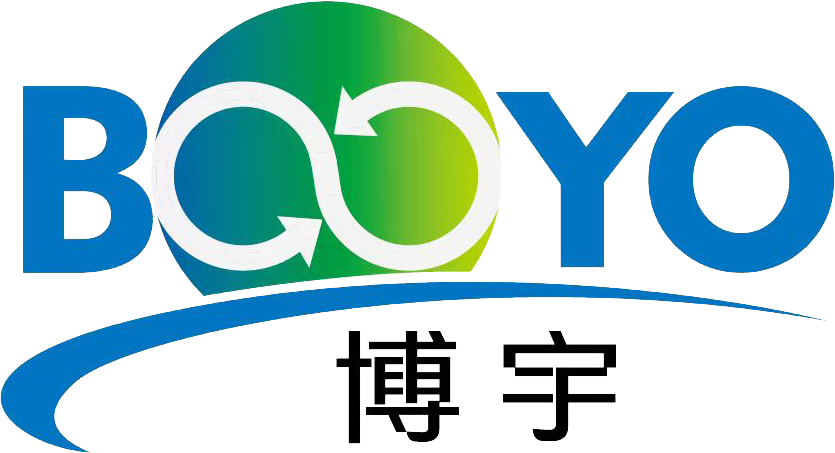
Our News
Find out about our latest news here.
Latest News
- ▶ Large Shell and Tube Condenser for Power and Process Industries
- ▶ Shell and Tube Heat Exchanger Cost Estimate: A Complete Guide for Buyers
- ▶ Iraqi Client Visited Boyu Industry for Technical Inspection of Condensers and Process Columns
- ▶ Shell and Tube Heat Exchanger Manufacturers: Key Factors for Choosing the Right Supplier
- ▶ Applications of Shell & Tube Heat Exchangers in MEG Packages (Monoethylene Glycol Systems)
- ▶ High-Efficiency Surface Condenser Solutions:
Message
When Is Retubing Necessary?
Retubing is typically required under the following conditions:
Tube leakage due to corrosion, erosion, or cracking
Heavy scaling or fouling inside the tubes
Loss of thermal efficiency
Tube wall thinning detected during inspection
Multiple tube failures, beyond practical repair via plugging
Replacing damaged tubes helps restore heat transfer efficiency and extends the service life of the heat exchanger.
Step-by-Step Retubing Procedure
1. Disassembly
Drain and isolate the exchanger
Remove covers, channel heads, and baffles
Disconnect piping from the shell and tube sides
2. Removal of Old Tubes
Cut or pull out damaged tubes
Break mechanical expansion or weld joints if necessary
Clean and inspect tube sheet holes for reuse
3. Preparation of New Tubes
Cut new tubes to required length
Deburr and clean ends
Perform pre-installation surface treatment (e.g., pickling or passivation)
4. Tube Insertion
Carefully insert new tubes into the tube sheet
Maintain correct tube projection and alignment
5. Tube Expansion or Welding
Mechanical expansion (rolling) to create a tight seal
Or welding the tube-to-tube sheet joints for high-pressure or critical applications
Ensure strong, leak-free connections
6. Hydrostatic Testing
Pressurize the unit with water
Inspect for leaks and structural integrity
Perform non-destructive testing (NDT) if required
7. Reassembly
Reinstall channel heads, gaskets, and covers
Reconnect piping and restore the system to operation
Document all procedures and test results
Quality and Safety Considerations
Follow ASME, TEMA, or customer-specified standards
Use certified materials that match original specifications
Perform NDT methods like PT (penetrant testing) or RT (radiographic testing) for weld inspection
Keep records for traceability and compliance
Benefits of Professional Retubing Services
Restore heat exchanger performance to near-original levels
Extend the overall lifespan of your equipment
Minimize downtime and reduce operational risks
Improve plant energy efficiency
Conclusion
Heat exchanger tube replacement is a critical maintenance task that requires precision, expertise, and compliance with industry standards. Whether you need partial retubing or full replacement, choosing an experienced service provider can help ensure optimal performance and safety.
If you are looking for professional shell and tube heat exchanger retubing services, feel free to contact us. We offer customized solutions, high-quality materials, and fast turnaround to minimize your downtime.
PROFESSIONAL CONSULTATION
If you are interested in our products and want to know more details, please leave a message here, we will reply you as soon as we can.